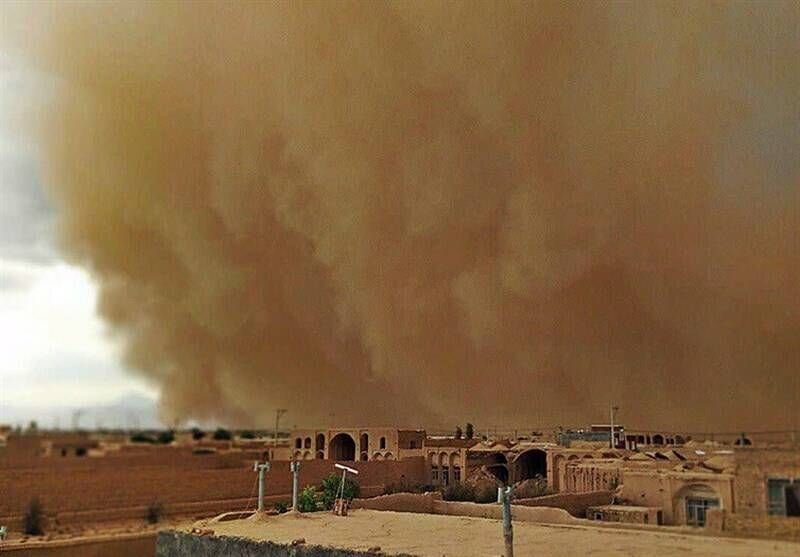DOE enumerates measures to combat sand and dust storms

TEHRAN – An official with the Department of Environment has elaborated on measures to deal with sand and dust storms in the past Iranian calendar year that ended on March 19.
Sand and dust storm, in general, is a global crisis and most of the dust storm hotspots affecting the country are located in neighboring countries, ISNA quoted Ali-Mohammad Tahmasbi-Birgani as saying.
Holding the international conference on dealing with sand and dust storms in September last year with the presence of representatives of more than 50 countries and international agencies was our most important measure that was taken in line with the policy of environmental diplomacy, he explained.
The measure became more important when the Tehran conference’s resolution was approved by the United Nations and became a global requirement for action against sand and dust storms, the official stressed.
“Special regulations for the management of sand and dust storms in emergency conditions as well as environmental considerations for the development and exploitation of mines have also been prepared.”
More than 2.7 trillion rials (about $5.5 million) was allocated last year to projects for combating sand and dust storms, he concluded.
The 6th United Nations Environment Assembly (UNEA-6) which was held from February 26 to March 1 approved a resolution adopted at the international summit on dealing with sand and dust storms which was held in Tehran in September 2023.
The UNEA-6 was held at the United Nations Environment Program (UNEP) headquarters in Nairobi, Kenya. It is the world’s highest decision-making body on the environment.
A total of 180 countries attended the UNEA-6 meeting with a focus on how multilateralism can help tackle the triple planetary crisis of climate change, nature and biodiversity loss, and pollution and waste, IRNA reported.
The Tehran conference was a turning point in making serious decisions for implementing sub-regional programs in West Asia and Central Asia.
Climate change with all its dimensions and consequences has caused serious challenges to life on the earth. One of the consequences of climate change, which has increased in intensity and occurrence, is the phenomenon of SDSs with severe harm to the world's biological and economic resources.
According to surveys, 150 countries are affected by SDSs, and most of these countries are located in Africa and Asia.
Two out of the seven main sources of dust production in the world are located in Asia, with the Great African Sahara being the first one.
The studies by the Islamic Republic of Iran show that the dust centers in West and Central Asia are more than 3.3 million square kilometers.
MG
Leave a Comment